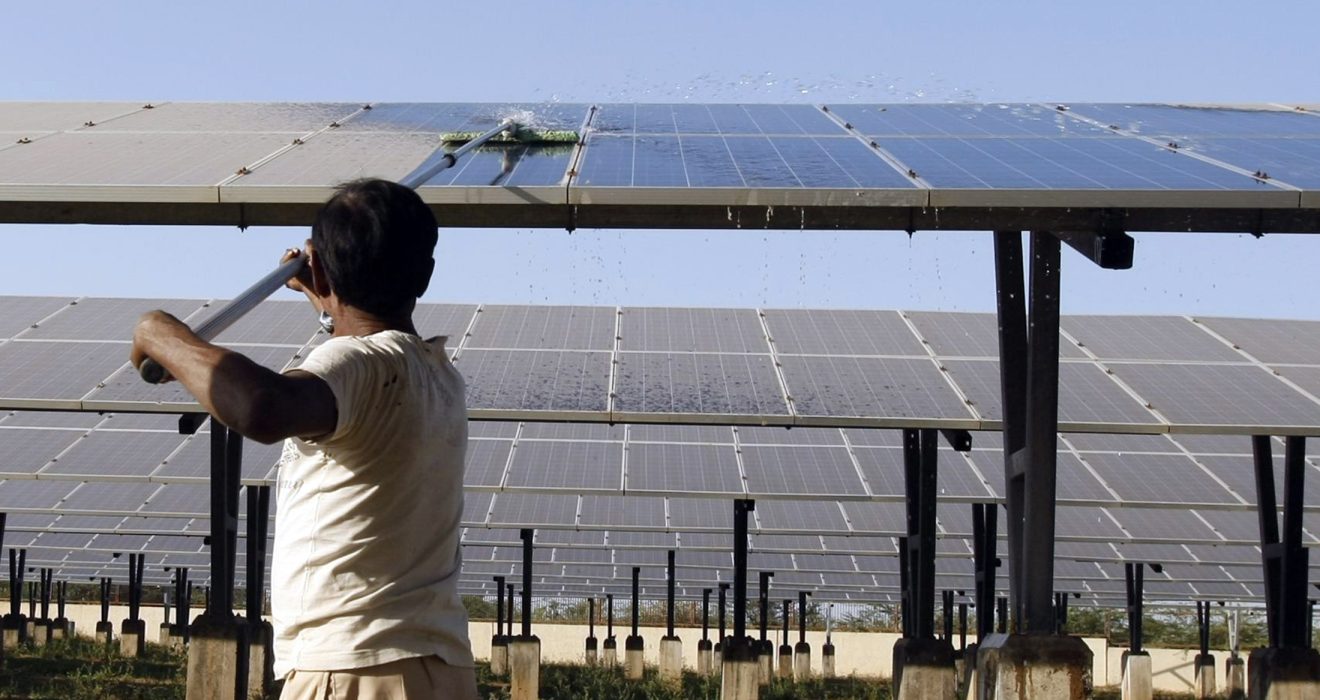In the annals of the clean energy revolution, 2023 stands out as a historic turning point when the scales tipped in favor of sustainable energy sources over traditional alternatives. Solar and wind energy, once considered cost-prohibitive, emerged as more economical options, marking a significant milestone in the quest to save the planet. Municipalities, recognizing the urgency of transitioning to cleaner energy, made substantial investments, laying the groundwork for a future where a majority of U.S. energy is derived from renewable sources. This article explores the key clean energy trends that propelled this transformative shift and set the stage for a sustainable future.
EV Revolution Gains Momentum
Electric vehicles (EVs) finally gained widespread acceptance in 2023, with over one million units sold in the U.S., marking a watershed moment for the EV revolution. Despite only 40% of Americans expressing intent to purchase an EV as their next vehicle, the mainstream interest in electric cars reached unprecedented levels. The market responded with a surge in available EV options, although challenges persisted due to inflation impacting car prices. Forecasts from Bloomberg indicate that, by 2030, more Americans will drive EVs than internal combustion engine (ICE) cars, solidifying the decade as the era of the EV revolution.
Offshore Wind Emerges as a Powerhouse
In 2023, the U.S. witnessed the inauguration of its first large-scale offshore wind farms, signifying a monumental leap in harnessing wind energy. While the current operational capacity from offshore wind is limited, the year saw the initiation of massive projects such as Vineyard Wind 1 off Massachusetts (800 MW) and South Fork Wind off New York (132 MW). BloombergNEF projects an additional 5,400 MW to be finalized or under construction by year-end. With solar and wind power becoming more cost-effective, offshore wind energy is poised to become a major player in reshaping the energy landscape.
Legislative Actions Propel Change
Surprisingly, legislative changes took center stage in 2023, with governments, including the U.S., enacting climate-targeted laws to combat catastrophic climate change. States such as Maryland, Massachusetts, Michigan, and Minnesota prepared to pass climate and clean energy legislation, fueled by the Inflation Reduction Act (IRA). The IRA, hailed by the International Monetary Fund as the most significant climate legislation in U.S. history, funnels $400 billion into climate change mitigation projects over the next decade. This infusion of funds aims to drive heavy investment in U.S. manufacturing, particularly for EV tax credits and clean technologies, marking a pivotal moment in legislative efforts to combat climate change.
Political Challenges and Wind Power
Despite the passage of the Inflation Reduction Act in 2022, political instability and discord in the U.S. continued to pose threats to global climate goals. However, signs pointed to wind power gaining a lasting foothold, given the substantial incentives provided by the IRA—approximately $370 billion in tax credits and incentives for renewable energy and EVs. A shift from partisan politics to collaborative efforts by state governments aimed at meeting climate objectives hinted at the resilience of wind power. As Congress plays a crucial role in overseeing the IRA’s implementation, the final challenge lies in ensuring these programs fulfill their promises and shape a sustainable future.
Implementation Challenges and the Role of Congress
With the Inflation Reduction Act setting the stage for unprecedented clean energy investment, the focus now shifts to effective implementation. As battery technology advances and more clean energy projects secure financing and permits, the successful rollout of climate-oriented programs over the next decade becomes pivotal. Congress, as a guiding force, must ensure the swift and effective implementation of the IRA. The American Council on Renewable Energy emphasizes Congress’s oversight authority to ensure timely guidance from the Treasury Department, underscoring the critical role of effective implementation in directing the course of history towards a sustainable future.
Conclusion
As the clean energy landscape undergoes a seismic shift in 2023, characterized by soaring EV sales, the rise of offshore wind, and groundbreaking legislative initiatives, the stage is set for a transformative decade. The Inflation Reduction Act, with its unprecedented financial commitment, holds the potential to reshape the trajectory of climate change mitigation projects. Overcoming political challenges and ensuring effective implementation will determine whether the clean energy trends identified in 2023 indeed become the catalysts for a sustainable future. As we navigate the complexities of the next decade, the choices made today will undeniably influence the course of history in our pursuit of a cleaner, greener planet.

